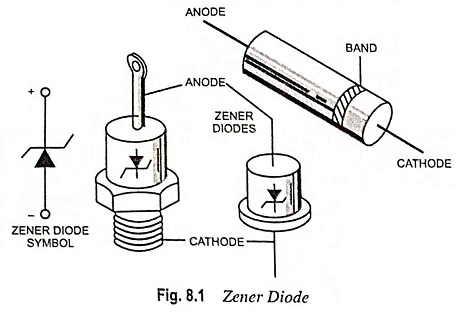Fluffyboii
Active Member
Instead of boring you guys with my non-functional circuit problems I decided to post some macro shots I just took with my new macro lens + close up filter. First two is AAZ15 gold sealed Germanium diode then 4148 Silicon diode, LED, LDR, 6.2V Zener diode. I wanted to see a difference between Zener and Silicon diode but I can't, I guess it is in a microscopic level. Can someone explain the inner structure of these.



